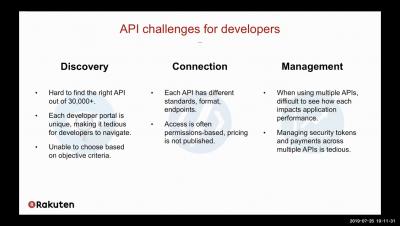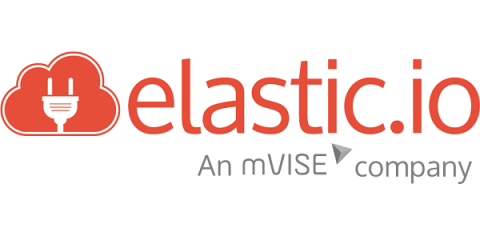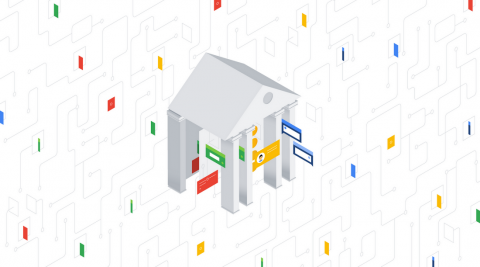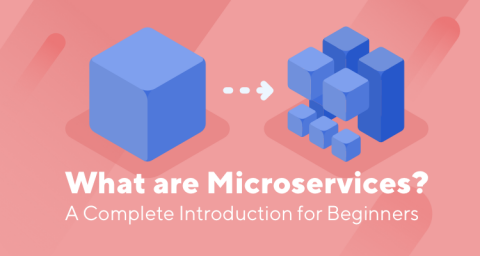Systems | Development | Analytics | API | Testing
API
10 Ways Microservices Create New Security Challenges
In the current microservices DevOps environment, there are tough new and evolving challenges for developers and teams to consider on top of the more traditional ones. From worsening versions of already common threats to new-generation evolving threats, new perspectives are required on securing microservices. These new perspectives may not be intuitive for many otherwise sophisticated DevOps and data teams.
Data Integration Best Practices - Separation of environments and log collection
In the previous article of our last chapter of Data Integration Best Practices, we took a look at how to describe integrations in such a way that everybody – from developers to business users – understands the requirements correctly. We also discussed why you eventually might need some type of an integration layer to keep your integration projects under control. In this article, we continue reviewing some tips that revolve around preparing for and running an integration project.
Cargill Bridges Legacy and Cloud Native with Kong Enterprise
As we continue to expand across new industries and regions, we’re excited to share Cargill’s digital transformation story and how it turned to Kong Enterprise to create a unified API platform across existing legacy and newer cloud native systems. We talked to Jason Walker, senior enterprise architect at Cargill, about their journey to microservices. What was the driver for Cargill’s move to microservices?
Introducing DreamFactory 3
After months of work, countless user conversations, and a great team effort we’re happy to announce the release of DreamFactory 3! This is undoubtedly the most exciting release in several years, addressing a great number of customer requests and addressing numerous important enhancements. This release is ready to be cloned via GitHub. Docker users can spin up the 3.0 release made available via our Docker repository.
A sound investment: How Monex is building a fintech ecosystem with APIs
At Monex, our aim is to provide our investors with the best financial services and liberal access to capital markets. That means continually providing reliable and up-to-date services for our customers. But recently we’ve experienced issues updating our back-end system when installing new services or modifying existing ones. This led us to look into using an API, to save time and simplify the processes related to the development of new products and services.
API Testing Mistake #1: Focus on the Most Typical Messages - Robert Schneider
Karhoo Hails Kong as its API Vendor of Choice
The UK continues to be a growing hotbed for tech innovation. At Kong, we’re seeing fast adoption for our Kong Enterprise platform in the UK from organizations across a wide range of industries, including e-commerce, financial services, on-demand services and travel/hospitality, among many.
Kong Makes it onto Forbes' List of Next-Billion Dollar Startups!
This year has been momentous in Kong’s journey as we have tripled in size, outgrown multiple offices and announced a successful Series C round. Today, we celebrate yet another huge milestone with the news that Forbes has included us in their annual list of Next-Billion Dollar companies. We are honored to receive such recognition and to be on the same list as 24 other ground-breaking companies that I can imagine are as elated as we are right now.
What are Microservices? A Complete Introduction for Beginners
Microservices are a type of architectural style for building software that has been gaining popularity. The concept was first introduced at a tech conference in 2011 and has been adopted by many Agile enterprises such as Netflix, Amazon, Uber, SoundCloud, Groupon, eBay, to name a few. So, what are microservices? What are the benefits of microservices? And why are so many large enterprises have been implementing this method into their DevOps and continuous testing strategies?











